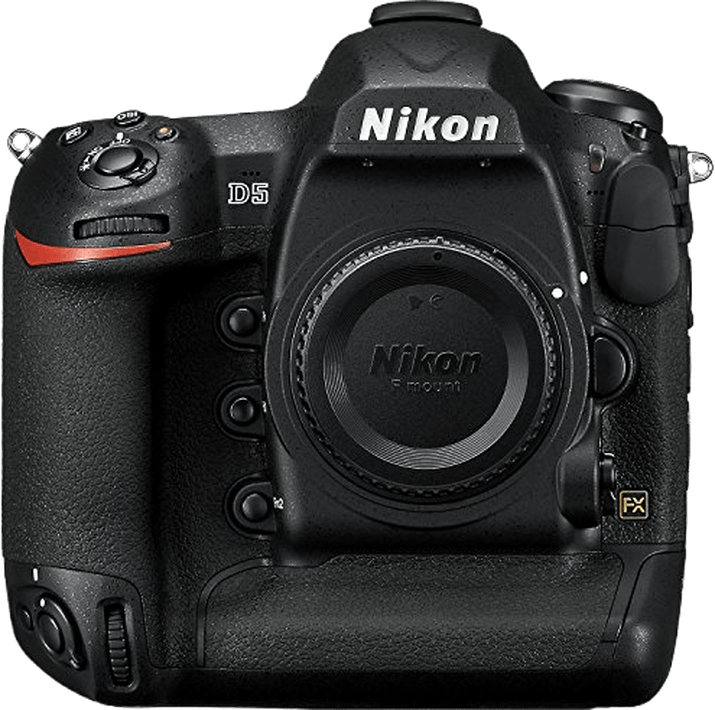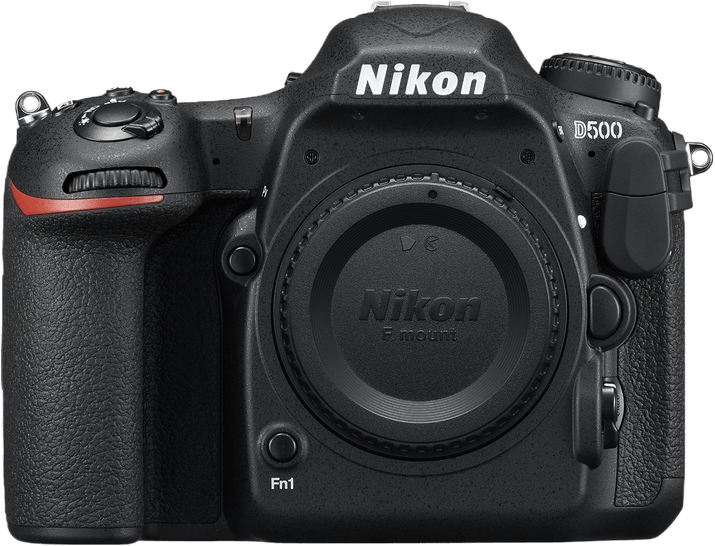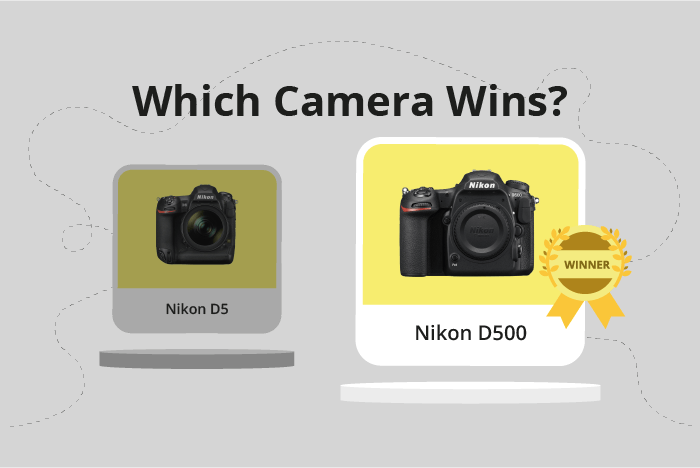Nikon D5 vs D500 Comparison
Nikon D5

Nikon D500

The Nikon D500 takes the lead with a score of 75/100, slightly edging out the Nikon D5, which scores 74/100. Both cameras share common ground as DSLRs announced on January 6, 2016, and released the same year. The D500 excels with its compact size (147 x 115 x 81mm) and lighter weight (860g), making it more portable and user-friendly compared to the heavier D5 (160 x 159 x 92mm, 1415g). Additionally, the D500 offers a significantly lower launch price of $2000, compared to the D5’s $6500 price tag. While the D5 may not have distinct advantages over the D500, its nearly equal score indicates that it is still a solid choice for photographers. Ultimately, the Nikon D500’s affordability and portability make it the more appealing option of the two.
Nikon D5 vs D500 Video Performance
The Nikon D5 and Nikon D500 both have a video score of 70/100, indicating that they have comparable video capabilities. Both cameras share the same maximum video resolution of 4K and video dimensions of 3840 x 2160. Additionally, both cameras have a maximum video frame rate of 30fps and come with built-in time-lapse functionality.
Despite having the same video score, the Nikon D5 has certain advantages over the D500. The D5’s full-frame sensor provides better low-light performance and a shallower depth of field, which can result in more cinematic-looking footage. Furthermore, the D5’s larger sensor size enables higher quality video output, especially in challenging lighting conditions.
On the other hand, the Nikon D500 offers some benefits over the D5. The D500’s smaller APS-C sensor size makes it more compact and lightweight, which can be helpful for those who need a portable camera for on-the-go shooting. Additionally, the D500 is more affordable than the D5, making it a more attractive option for budget-conscious videographers.
While both cameras offer strong video capabilities, the choice between the Nikon D5 and Nikon D500 ultimately depends on the user’s specific needs and preferences. The D5’s superior low-light performance and larger sensor size make it an excellent choice for professional videographers seeking high-quality footage. However, the D500’s compact size and lower price point may appeal to amateur videographers or those looking for a portable and budget-friendly option. Both cameras offer impressive video performance, ensuring that users will be satisfied with their choice.
Nikon D5 vs D500 Features and Benefits
The Nikon D500 comes out on top in this comparison, with a feature score of 87/100, while the Nikon D5 scores 74/100. Both cameras share several specifications, including a 3.2-inch screen size, 2,359,000-dot screen resolution, touchscreens, and WIFI connectivity. However, the D500 has additional features that contribute to its higher score.
The D500 surpasses the D5 with its flip screen and Bluetooth connectivity. A flip screen enables more flexible shooting angles, useful for capturing images and videos from different perspectives. Bluetooth connectivity allows for seamless file transfer and remote control functionality, making it more user-friendly and versatile.
On the other hand, the Nikon D5 does not offer any significant advantages over the D500 in terms of features. Both cameras lack GPS functionality, but this is not a crucial aspect for most photographers. The D5’s lower score is due to its lack of a flip screen and Bluetooth connectivity, which are considered valuable features for many photographers.
In comparing the Nikon D5 and D500, the D500 proves to be the superior camera in terms of features. Its flip screen and Bluetooth connectivity make it more versatile and user-friendly, while the D5 does not provide any notable advantages. The D500’s higher feature score of 87/100 reflects its enhanced capabilities, making it the better choice between the two cameras.
Nikon D5 vs D500 Storage and Battery
The Nikon D5 wins in the storage and battery comparison, scoring 87/100, while the Nikon D500 scores 79/100. Both cameras have two memory card slots, with the D5 accepting Compact Flash and XQD cards and the D500 accepting SD/SDHC/SDXC (UHS-II compatible) and XQD cards. Neither camera has USB charging.
The D5 outperforms the D500 in battery life, offering 3780 shots per charge with its EN-EL18a battery, compared to the D500’s 1240 shots with its EN-EL15 battery. This longer battery life makes the D5 more suitable for extended shooting sessions.
The D500, however, has a wider range of compatible memory cards, allowing for more storage options and flexibility when selecting cards.
Considering these factors, the Nikon D5 is the superior choice for photographers prioritizing battery life, while the Nikon D500 offers more versatility in storage options.
Nikon D5 vs D500 – Our Verdict
Are you still undecided about which camera is right for you? Have a look at these popular comparisons that feature the Nikon D5 or the Nikon D500:

